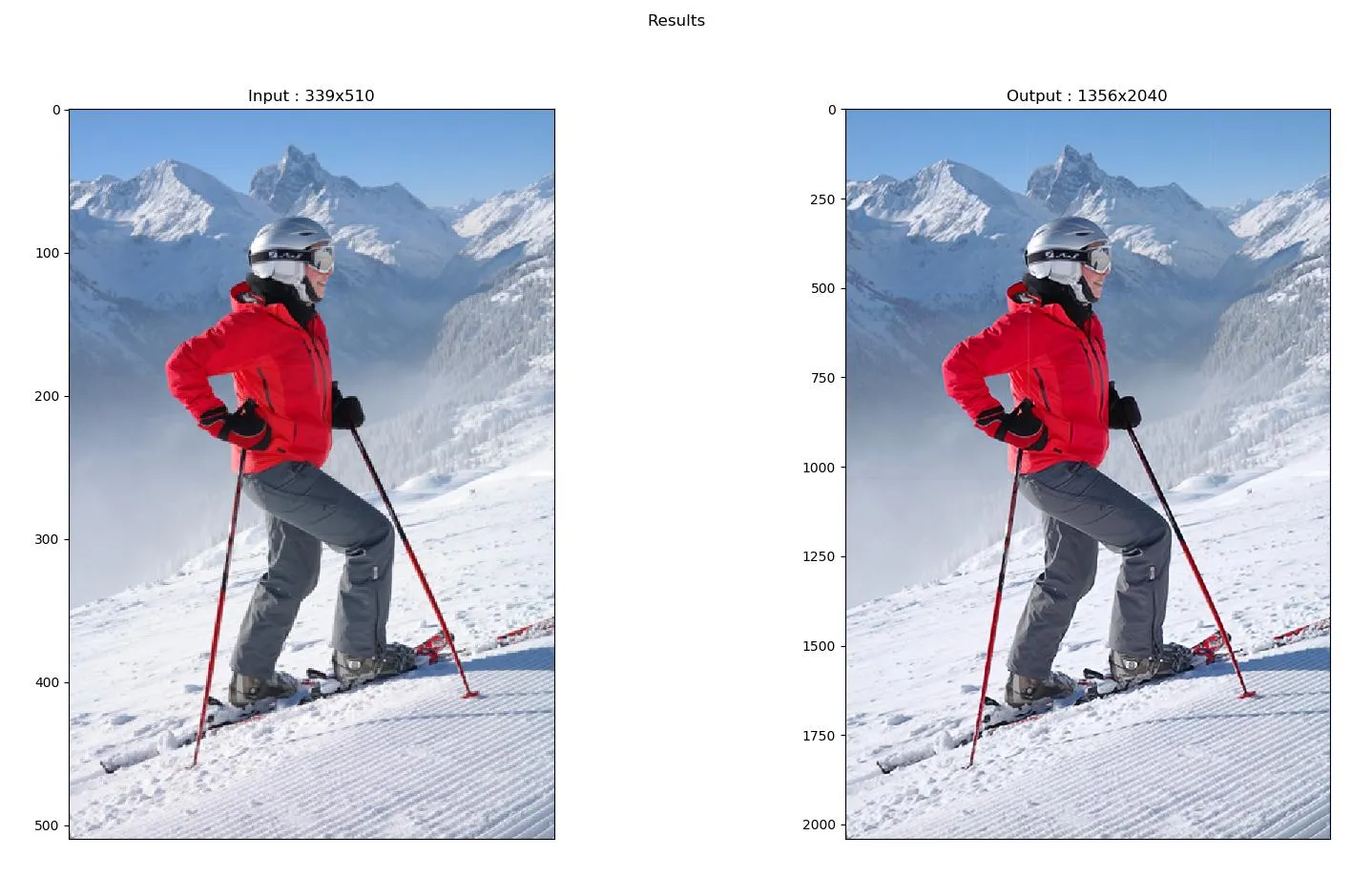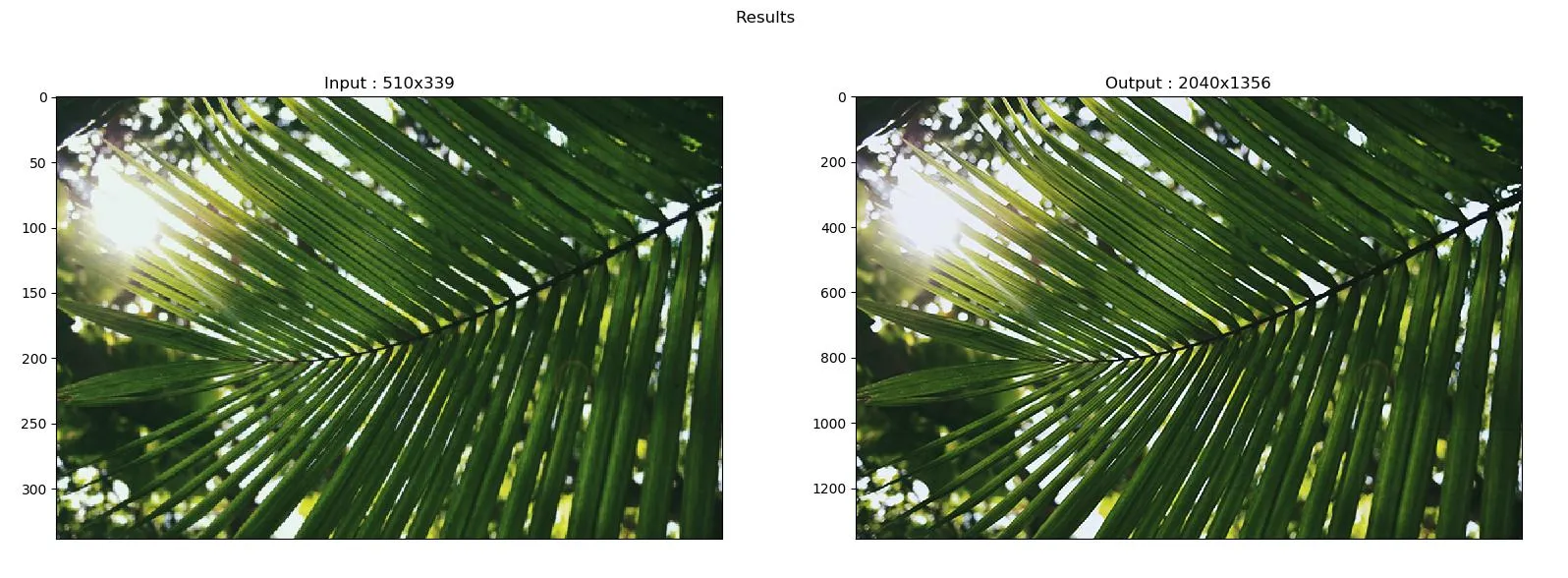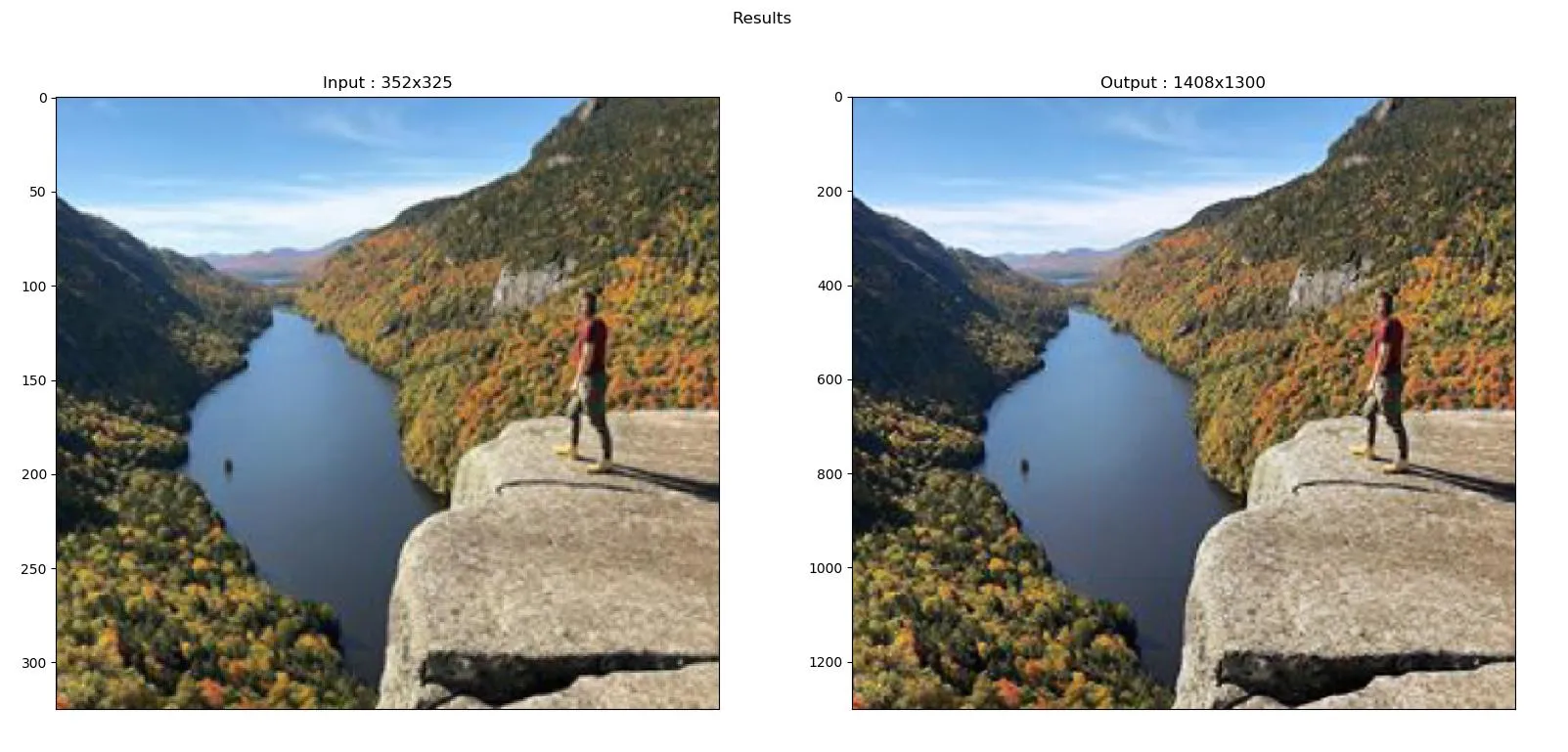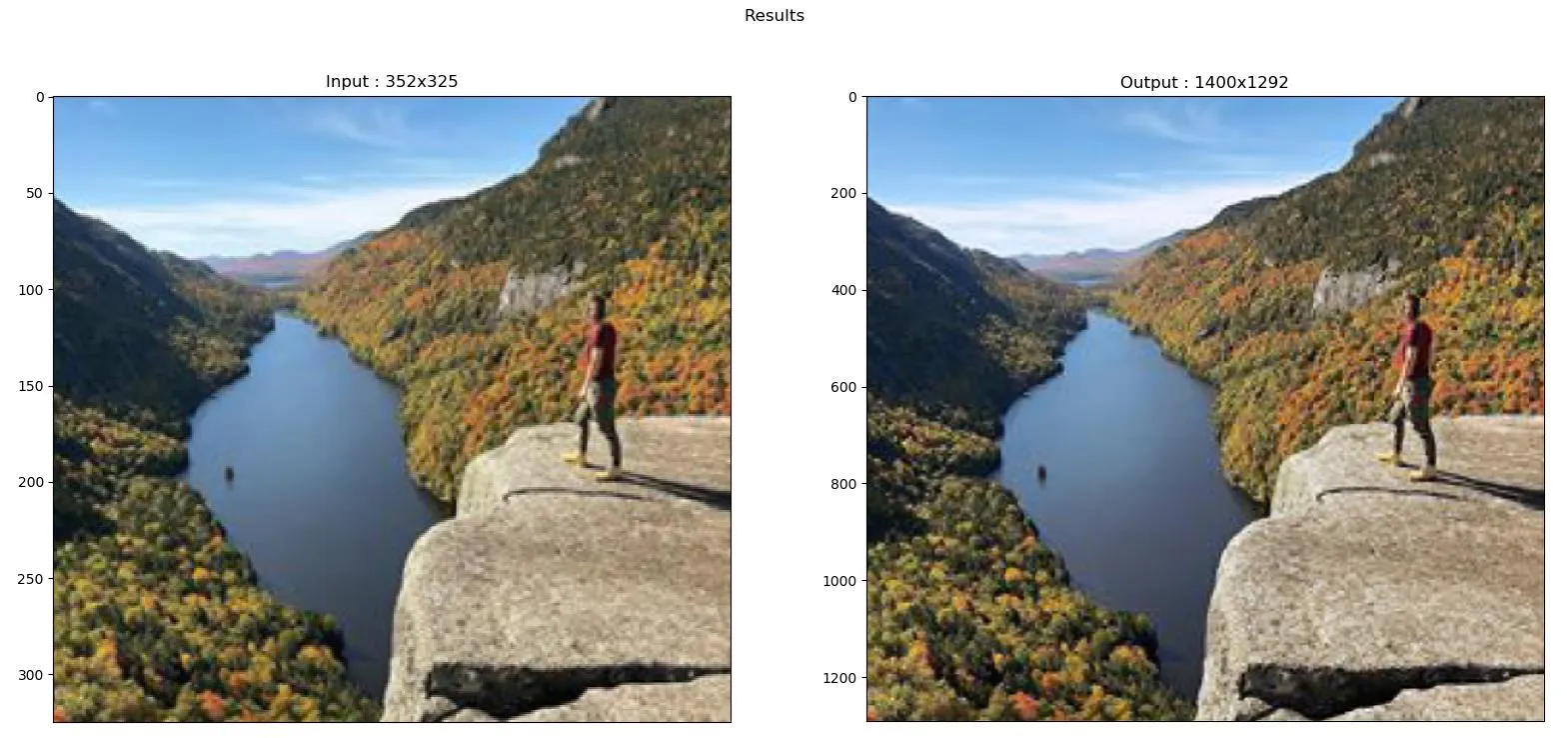症状的背景和示例
我正在使用神经网络进行超分辨率(增加图像的分辨率)。但是,由于一幅图像可能很大,所以我需要将其分成多个较小的图像,并在每个图像上单独进行预测,然后再将结果合并在一起。
以下是这个过程的示例:
示例1: 在输出图片中,您可以看到一个微妙的垂直线穿过滑雪者的肩膀。
示例2: 一旦您开始看到它们,就会注意到微妙的线条正在整个图像中形成正方形(我将图像分割为单独预测的残留物)。
示例3: 您可以清楚地看到穿过湖泊的垂直线。
问题来源
基本上,我的网络在边缘处做出了糟糕的预测,我认为这是正常的,因为周围的信息较少。
源代码
import numpy as np
import matplotlib.pyplot as plt
import skimage.io
from keras.models import load_model
from constants import verbosity, save_dir, overlap, \
model_name, tests_path, input_width, input_height
from utils import float_im
def predict(args):
model = load_model(save_dir + '/' + args.model)
image = skimage.io.imread(tests_path + args.image)[:, :, :3] # removing possible extra channels (Alpha)
print("Image shape:", image.shape)
predictions = []
images = []
crops = seq_crop(image) # crops into multiple sub-parts the image based on 'input_' constants
for i in range(len(crops)): # amount of vertical crops
for j in range(len(crops[0])): # amount of horizontal crops
current_image = crops[i][j]
images.append(current_image)
print("Moving on to predictions. Amount:", len(images))
for p in range(len(images)):
if p%3 == 0 and verbosity == 2:
print("--prediction #", p)
# Hack because GPU can only handle one image at a time
input_img = (np.expand_dims(images[p], 0)) # Add the image to a batch where it's the only member
predictions.append(model.predict(input_img)[0]) # returns a list of lists, one for each image in the batch
return predictions, image, crops
def show_pred_output(input, pred):
plt.figure(figsize=(20, 20))
plt.suptitle("Results")
plt.subplot(1, 2, 1)
plt.title("Input : " + str(input.shape[1]) + "x" + str(input.shape[0]))
plt.imshow(input, cmap=plt.cm.binary).axes.get_xaxis().set_visible(False)
plt.subplot(1, 2, 2)
plt.title("Output : " + str(pred.shape[1]) + "x" + str(pred.shape[0]))
plt.imshow(pred, cmap=plt.cm.binary).axes.get_xaxis().set_visible(False)
plt.show()
# adapted from https://dev59.com/MK7la4cB1Zd3GeqPfpcA#52463034
def seq_crop(img):
"""
To crop the whole image in a list of sub-images of the same size.
Size comes from "input_" variables in the 'constants' (Evaluation).
Padding with 0 the Bottom and Right image.
:param img: input image
:return: list of sub-images with defined size
"""
width_shape = ceildiv(img.shape[1], input_width)
height_shape = ceildiv(img.shape[0], input_height)
sub_images = [] # will contain all the cropped sub-parts of the image
for j in range(height_shape):
horizontal = []
for i in range(width_shape):
horizontal.append(crop_precise(img, i*input_width, j*input_height, input_width, input_height))
sub_images.append(horizontal)
return sub_images
def crop_precise(img, coord_x, coord_y, width_length, height_length):
"""
To crop a precise portion of an image.
When trying to crop outside of the boundaries, the input to padded with zeros.
:param img: image to crop
:param coord_x: width coordinate (top left point)
:param coord_y: height coordinate (top left point)
:param width_length: width of the cropped portion starting from coord_x
:param height_length: height of the cropped portion starting from coord_y
:return: the cropped part of the image
"""
tmp_img = img[coord_y:coord_y + height_length, coord_x:coord_x + width_length]
return float_im(tmp_img) # From [0,255] to [0.,1.]
# from https://dev59.com/Y2Uq5IYBdhLWcg3wEcRZ#17511341
def ceildiv(a, b):
return -(-a // b)
# adapted from https://stackoverflow.com/a/52733370/9768291
def reconstruct(predictions, crops):
# unflatten predictions
def nest(data, template):
data = iter(data)
return [[next(data) for _ in row] for row in template]
if len(crops) != 0:
predictions = nest(predictions, crops)
H = np.cumsum([x[0].shape[0] for x in predictions])
W = np.cumsum([x.shape[1] for x in predictions[0]])
D = predictions[0][0]
recon = np.empty((H[-1], W[-1], D.shape[2]), D.dtype)
for rd, rs in zip(np.split(recon, H[:-1], 0), predictions):
for d, s in zip(np.split(rd, W[:-1], 1), rs):
d[...] = s
return recon
if __name__ == '__main__':
print(" - ", args)
preds, original, crops = predict(args) # returns the predictions along with the original
enhanced = reconstruct(preds, crops) # reconstructs the enhanced image from predictions
plt.imsave('output/' + args.save, enhanced, cmap=plt.cm.gray)
show_pred_output(original, enhanced)
问题(我想要的)
有很多显而易见的天真方法可以解决这个问题,但我相信必须有一种非常简洁的方法来实现它:如何添加一个overlap_amount变量,使我能够进行重叠预测,从而丢弃每个子图像(“片段”)的“边缘部分”,并用其周围段的预测结果替换它(因为它们不包含“边缘预测”)?
当然,我希望最小化“无用”的预测量(要丢弃的像素)。还值得注意的是,输入的段产生一个4倍大的输出段(即,如果它是一个20x20像素图像,则现在您将获得一个80x80像素的图像作为输出)。



